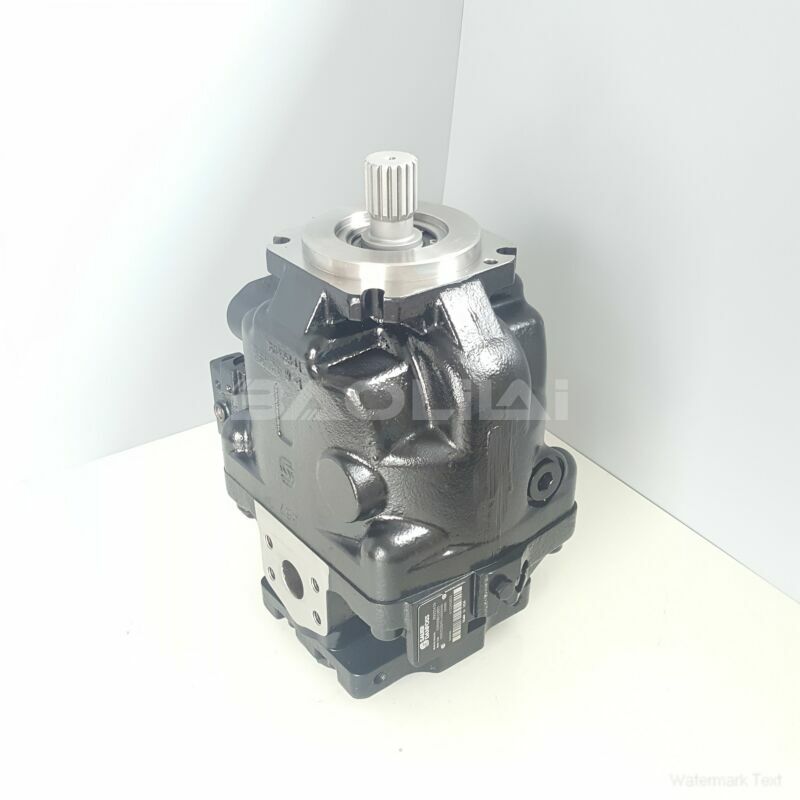ERR100BLS2530NNN3S4NPA1NNNNNNNNNN hydraulic pump
ERR100BLS2530NNN3S4NPA1NNNNNNNNNN hydraulic pump

- Product Details
- Applicable Scene
Cavitation is a common problem in hydraulic systems, particularly in high-pressure industrial fluid systems. It occurs when the pressure in the pump falls below the vapor pressure of the fluid, leading to the formation of vapor bubbles that can cause significant damage to the pump and associated components. Troubleshooting cavitation involves identifying the root causes and addressing them effectively to ensure smooth operation. Here are key steps and considerations for troubleshooting hydraulic pump cavitation.
ER-R-100B-LS-25-30-NN-N-3-S4NP-A1N-NNN-NNN-NNN
ERR100BLS2530NNN3S4NPA1NNNNNNNNNN
Understand the Symptoms of Cavitation

80004519
Before you can troubleshoot cavitation, it’s crucial to recognize its symptoms. Common indications include unusual noise (often described as a “gravel” or “marbles” sound), fluctuations in pressure, reduced flow rate, and visible damage to the pump components. Observing these symptoms can guide you in determining whether cavitation is indeed the issue.
Inspect the System Configuration
Check the layout of your hydraulic system. Long suction lines, multiple bends, or restrictions can increase friction losses, lowering the pressure at the pump inlet and potentially causing cavitation. Ensure that the suction line has the appropriate diameter and is as short and direct as possible. Also, avoid unnecessary fittings that may create additional resistance.
Evaluate Fluid Conditions
The temperature and viscosity of the hydraulic fluid play a vital role in preventing cavitation. When fluids are too hot, their vapor pressure increases, making it easier for cavitation to occur. Ensure that the fluid is within the recommended temperature range and consider using an appropriate cooler if overheating is an issue. Additionally, check the viscosity and ensure it is suitable for the operating conditions.
Check Pump Specifications and Operation
Every hydraulic pump has specific operating parameters, including the required inlet pressure and flow rate. Verify that the pump is operating within these parameters. If a pump is oversized or undersized for the application, it might not perform optimally, leading to cavitation. Consult the manufacturer’s documentation to ensure that the pump matches the needs of your system.
Inspect for Air Leaks
Air entering the hydraulic system can significantly lower the pressure at the pump inlet and lead to cavitation. Conduct a thorough inspection of all seals, connections, and fittings to ensure there are no leaks. A simple way to test for leaks is to perform a soap bubble test or use pressure-testing techniques.





